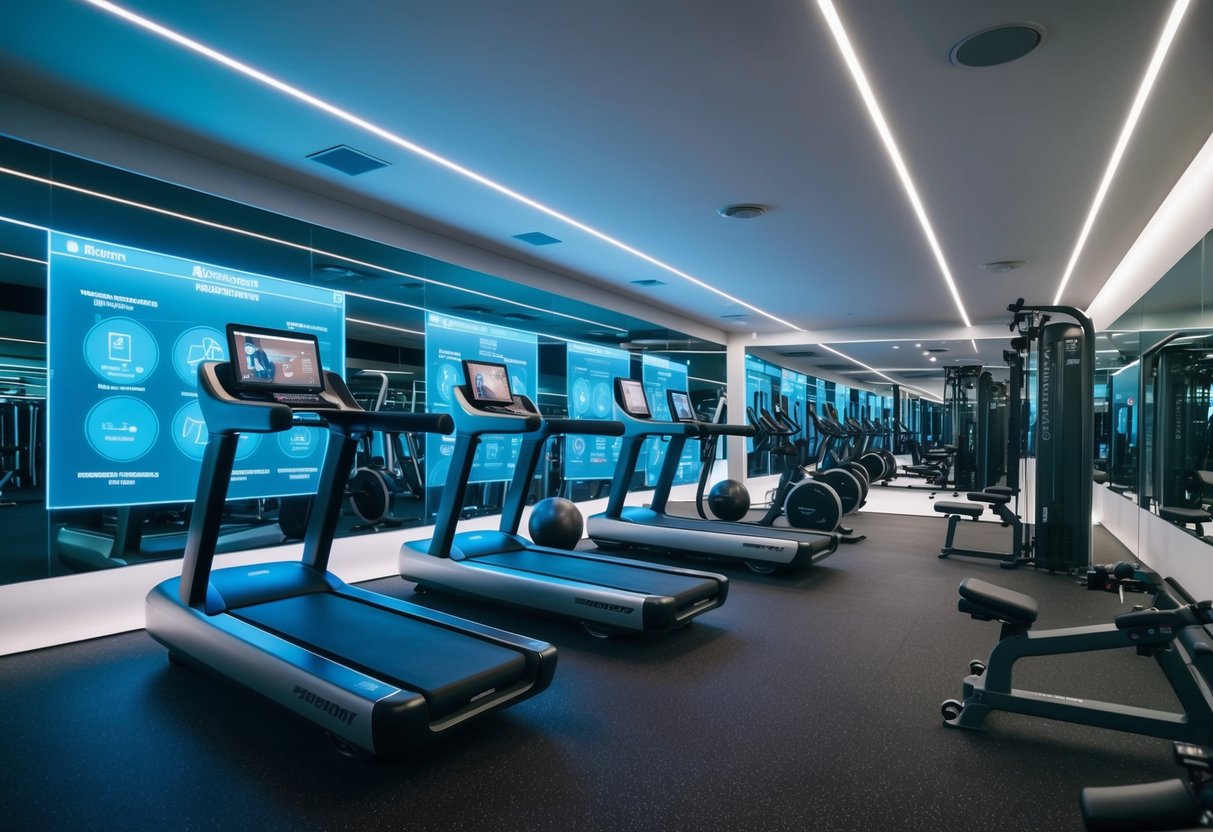
The Role of Supplements in Fitness Training
Supplements have become essential in supporting fitness goals by addressing nutritional gaps left by standard diets. Protein powders, branched-chain amino acids (BCAAs), and omega-3 fatty acids are widely used. These supplements aid muscle repair, reduce inflammation, and provide the necessary fuel for workouts, facilitating more effective training sessions.
Vitamins and minerals, including vitamin D and magnesium, contribute to maintaining optimal health and preventing deficiencies that could hinder performance. While the market offers a plethora of products, choosing the right blend of supplements requires careful consideration of personal health needs. Assessing these factors helps in constructing a well-rounded fitness regimen that aligns with individual goals.
Corporate Wellness and Worksite Health
Corporate wellness programs are gaining traction in businesses, aiming to enhance health and productivity. These initiatives focus on comprehensive health strategies that benefit both employees and employers.
Programming for Worksite Health Promotion
Worksite health promotion programs focus on tailoring health activities to suit organizational needs. These activities may include fitness challenges, nutrition counseling, and mental health workshops. Incorporating diverse and engaging programs can lead to improved employee health outcomes and lower healthcare costs.
Engagement is key to the success of these programs. Participation incentives, such as discounts on health products or gym memberships, encourage involvement. Technology plays a crucial role, with mobile apps and online platforms offering employees easy access to fitness and health resources.
Creating a culture of health within the workplace fosters an environment where employees feel valued and are more likely to adopt and maintain healthier lifestyles.
Inclusivity in Exercise: Youth and the Aging Population
Addressing the distinct needs of youth and older adults in fitness requires tailored programs promoting physical health and inclusion. Youth-focused initiatives encourage athletic skill development, while seniors benefit from strategies enhancing mobility and vitality.
Fitness Programs for Youth Athletic Development
Youth athletic development emphasizes structured, age-appropriate training to build fundamental skills. Programs aim to enhance motor skills, balance, and flexibility, supporting lifelong physical activity. Incorporating a mix of cardiovascular, strength, and flexibility exercises is crucial, allowing young participants to explore their physical potential without overexertion.
Coaches and trainers prioritize fun and engagement to maintain interest. The emphasis is on proper technique and injury prevention, helping children understand body awareness. Partnerships with schools and community centers can enhance access and participation, offering resources such as equipment and coaching expertise. Youth-oriented fitness also fosters teamwork and leadership, shaping well-rounded individuals.
Exercise Strategies for an Aging Population
Exercise for older adults prioritizes maintaining independence and quality of life. Strategies focus on strength training, balance exercises, and low-impact cardiovascular activities. These help prevent falls, manage chronic conditions, and improve mental health. Programs often include personalized plans catering to individual capabilities, ensuring safety and effectiveness.
Encouraging participation is vital; social aspects of group classes provide motivation and community engagement. Exercises may incorporate resistance bands, light weights, and body weight movements, tailored to age-related changes. Flexibility and mobility exercises like yoga and tai chi contribute to joint health and physical comfort. Integrating technology, such as wearable fitness trackers, can offer feedback and support progress monitoring.



